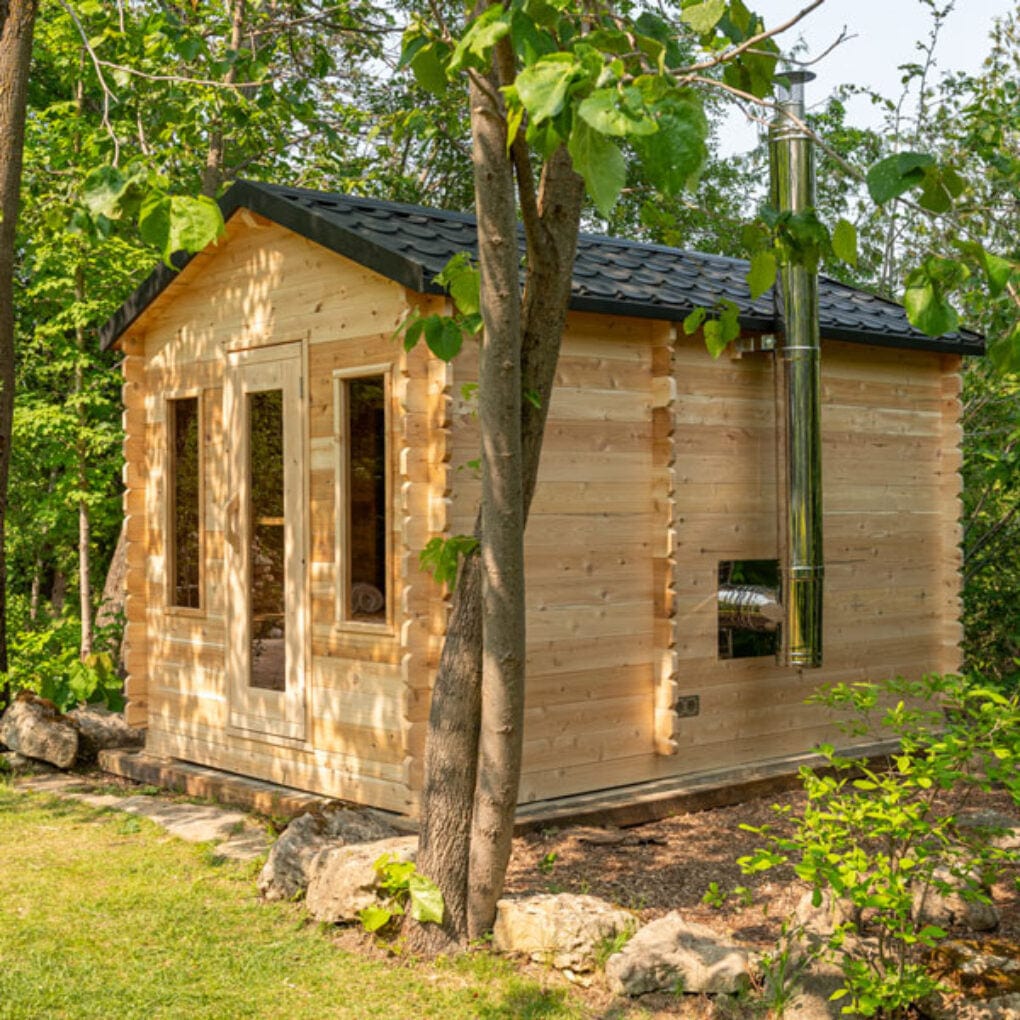Rumored Buzz on Traditional Sauna
Rumored Buzz on Traditional Sauna
Blog Article
The 7-Minute Rule for Traditional Sauna
Table of ContentsTraditional Sauna Can Be Fun For EveryoneThe smart Trick of Traditional Sauna That Nobody is DiscussingSome Known Details About Traditional Sauna Not known Incorrect Statements About Traditional Sauna 3 Easy Facts About Traditional Sauna Shown
Most of the weight lost in a sauna is water loss and is re-gained upon rehydrating. Without an uncertainty sauna can be an essential component of a healthy weight loss program. To look at the distinctions in between conventional and IR saunas, I will separate these right into verifiable, academic, and fabricated differences.Thus, the hottest point in the saunawhich goes to the ceiling straight over the sauna heateris typically in between 185 and 190 F. Claims that a standard sauna goes beyond 200 F is simply not true and not applicable for electrical saunas marketed in the US. The temperature for a far-infrared sauna is generally set between 120 and 140 F; however, unlike the traditional sauna, the goal in and IR area is not to attain a high temperature.
Due to this, the temperature distinction is practically unimportant, considering that extreme sweating results in both sauna kinds, but the approach of heating the body is various. In an IR sauna the bather will certainly really feel hot and will sweat profusely, however at a lot lower temperature levels (Traditional Sauna). Hence, if the goal is to spend longer time periods in the sauna, the IR sauna is a great choice
When a traditional sauna has been properly heated, the sauna wall surfaces are cozy, the air temperature has actually attained set temperature level and the rocks are very heated. As a fascinating side note, the heated walls and the rocks are producing far-infrared warm, incorporated with the heated air, to produce an "covering heat".
The 30-Second Trick For Traditional Sauna

When the heat is achieved, the elements cycle on and off to maintain the high temperature level. A lot of standard sauna customers delight in putting water over the rocks to produce steam to increase sauna humidity degrees. The advantages of pouring water over the rocks consist of: making the room much more comfy, dampening the nasal flows, and allowing the use of aromatherapy by blending crucial oils with the water.

When the power goes into the body, it triggers the body temperature level to raise and eventually results in perspiration. In an infrared sauna it is very important for the emitters/heaters to stay on nearly regularly. Because there is no mass of rocks to retain warmth, the sauna will cool if the emitters shut down.
As discussed over, the sauna bather in an infrared room wishes to position himself in front of operating emitters to obtain optimal benefit from the warm. The home heating time for both spaces can be very various, relying on exactly how the spaces are made use of. For a conventional sauna, a bather must enable 30-40 mins for the area to attain a wanted temperature and to effectively pre-heat the rocks.
Some Of Traditional Sauna
A well created sauna will generally accomplish a temperature of 150-160 F in about 30-40 minutes. For hotter temperature levels, the space may need to heat for a longer duration.

Standard saunas tend to be larger (hence use even more electrical energy) than infrared saunas, although standard saunas are certainly offered in one and two individual sizes. For a two-person traditional sauna, 5x6 or 5x7 size is most preferred. The top bench can conveniently seat two Recommended Site or three people and is likewise long sufficient to relax during the sauna session.
Getting The Traditional Sauna To Work
The average price per kWH of electrical power in the U.S. is around $0.11, so a 4.5 kW heating unit will certainly set you back roughly $.50 to run for one hour, if the heating system runs continuously for one hour. Usually a sauna heating unit will compete 75% of the initial hour and 50% of succeeding hours on since the components cycle once the set temperature level is accomplished.

There is a hardly ever discussed difference in the social experience in between the two rooms. While our society has lost several of the social advantage of the conventional sauna experience, it can be really socially gratifying (Traditional Sauna). From family members time in the sauna, to heart-felt conversations with better halves, to sauna partiesthe traditional sauna experience can lead to intimate interacting socially
A Biased View of Traditional Sauna
Most higher end infrared rooms consist of tinted light treatment, noise systems and full-glass fronts.
Report this page